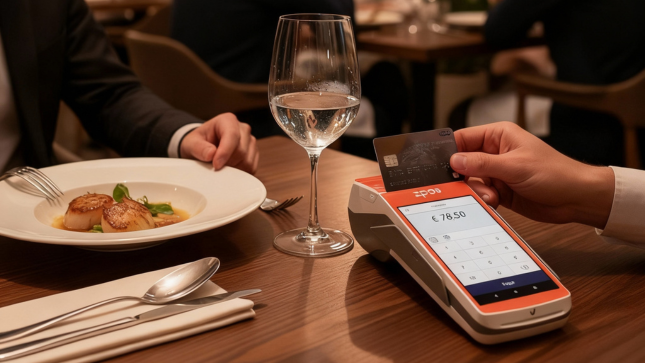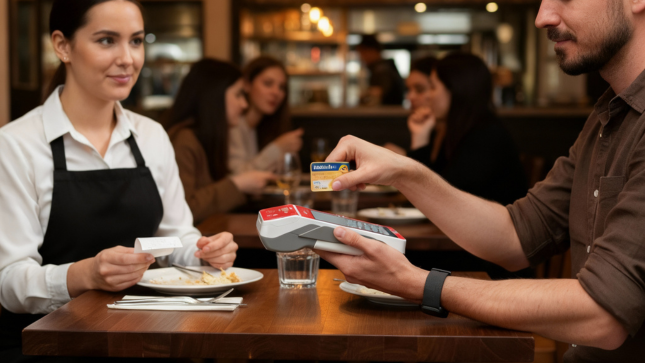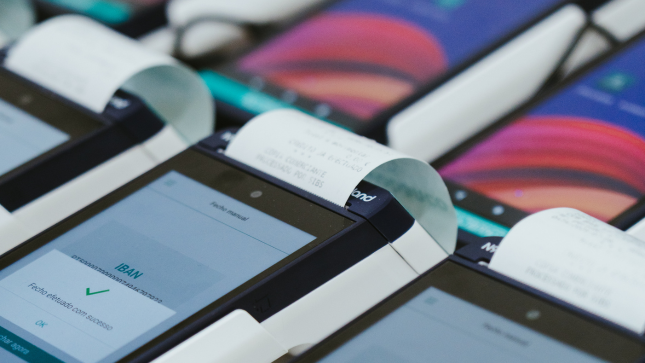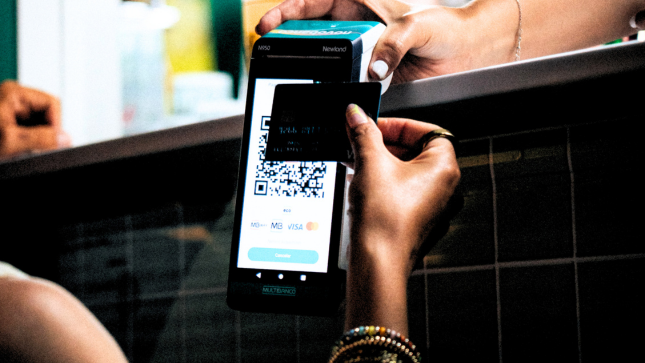
Food Cost: the real thermometer of a restaurant’s profitability
Running a restaurant means mastering the balance between pleasure and precision and, at the centre of that balance, lies the food cost.
More than a financial indicator, food cost reflects operational efficiency, recipe consistency and the overall economic health of the business.
Controlling it is the difference between a restaurant that thrives and one that gets lost between waste and invisible margins.

What is Food Cost?
Food cost represents the percentage of ingredient expenses in relation to the selling price of a dish. In simple terms, it shows how much of what the customer pays is consumed by the raw materials.
The basic formula is straightforward:
Food Cost (%) = (Cost of ingredients / Selling price) × 100
For example, if a dish costs €4 to produce and is sold for €12, the food cost is:
(4 ÷ 12) × 100 = 33.3%
This is a healthy value within the ideal range of 28 to 35 percent, considered the benchmark for most restaurants.
Why Food Cost matters
In a sector where margins are tight and competition is fierce, knowing your food cost is essential to:
• Define menu prices based on real data instead of intuition
• Ensure per-dish profitability and avoid surprises at month-end
• Compare performance between menus, chefs or shifts
• Detect waste, purchase variations and invisible losses
In short, food cost shows where money is being made or lost and where action is needed.

What influences Food Cost the most?
Controlling food cost requires more than calculation; it demands operational discipline.
The key factors include:
• Ingredient purchase price, where any uncontrolled increase impacts margins
• Incorrect portioning, where a 10 g error repeated 1,000 times becomes a loss
• Kitchen waste due to poor cuts, expired products or unused leftovers
• Recipe variations that make the real cost unpredictable
• Stock breakages or internal theft, often unnoticed without digital control
How to reduce and maintain an ideal Food Cost
The goal is not to cut quality but to control processes.
Good practices include:
• Creating detailed recipe sheets with ingredients, quantities and updated costs
• Using scales and standardised measurements in preparation
• Implementing digital inventory systems integrated with the POS
• Regular supplier negotiation and price comparison
• Adjusting seasonal recipes and menus according to product cost
• Training kitchen teams to work with precision and avoid waste
Practical tip:
A restaurant’s overall food cost should stay between 28 and 35 percent.
Below that may suggest prices that are too high.
Above that means the profit is slipping away in the kitchen.

Food Cost and technology: your competitive edge
Today, controlling food cost manually is almost impossible.
Modern restaurants use technology to automate calculations, connect sales with inventory and produce real-time reporting.
ZPOS and ZSREST were designed precisely for this:
• Automatically register ingredient consumption with every sale
• Display profit margin per dish and category
• Alert when a cost exceeds the ideal limit
• Integrate purchasing, inventory and invoicing in one system
With this data, managers stop reacting and start anticipating.
Profitability becomes visible, measurable and optimised every single day.
👉 Contact us at comercial@zpos.pt or call +351 937 817 997 (national mobile call) to discover how ZPOS can transform your business.















